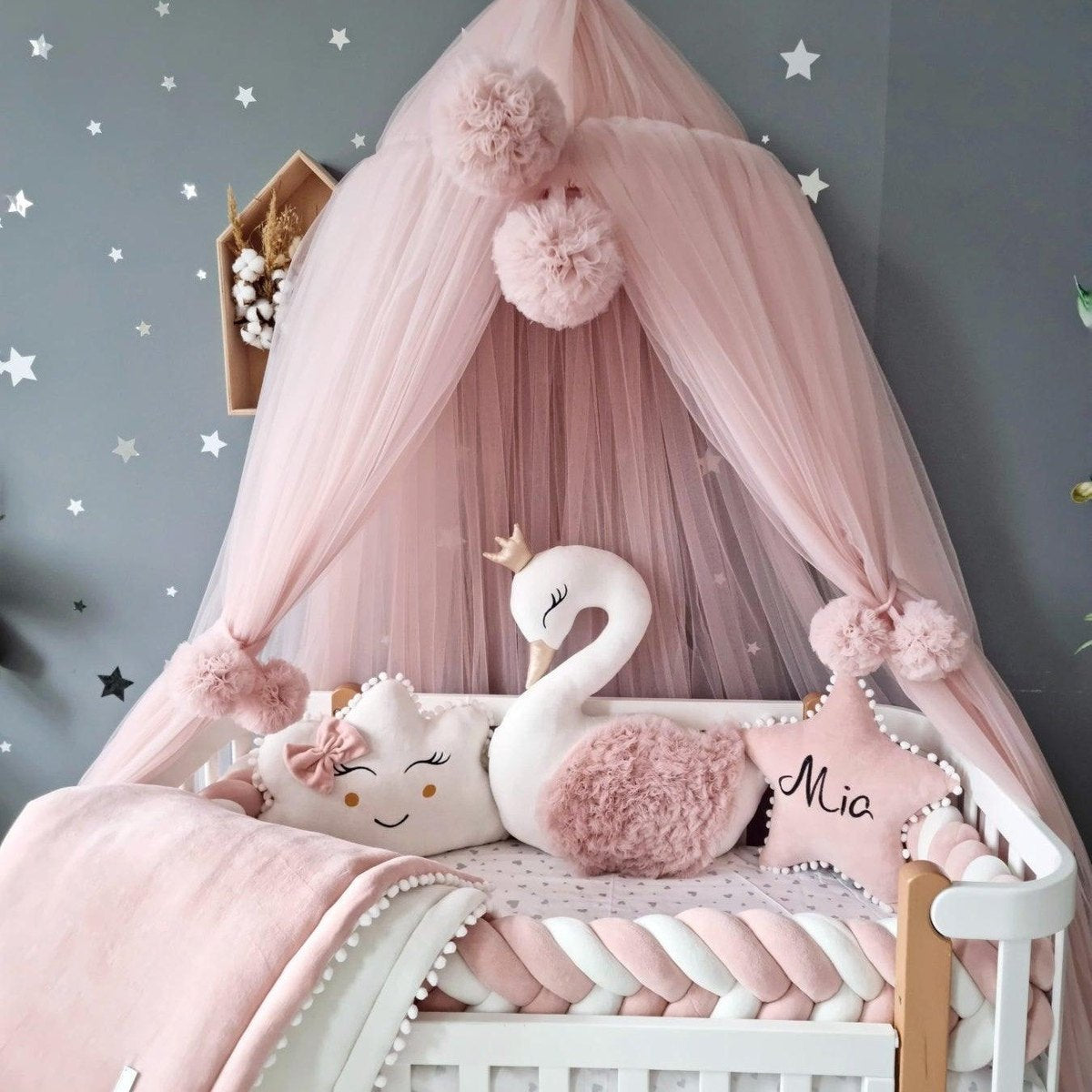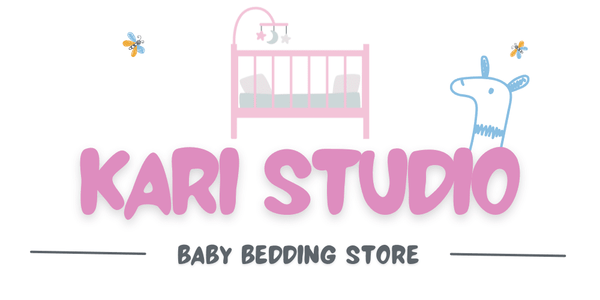
Choosing nursery textiles today is far more complex than simply picking cute designs. Modern baby bedding safety standards emphasize that every decision you make about bedding, sets, and accessories directly impacts your baby’s well-being. Strict regulations and pediatric guidelines now shape how parents select cribs, sheets, and even decorative items. Understanding these rules helps caregivers create a safe environment while still enjoying comfort and style.
Why safety must lead your purchase
For babies under 12 months, pediatricians strongly recommend a sleep surface that is firm, flat, and free of loose items. This approach directly supports newborn baby bedding safety, significantly reducing risks like suffocation or entrapment. A safe crib setup includes a tightly fitted mattress and sheet, with no blankets, pillows, bumper pads, or toys inside. This minimalist method isn’t about aesthetics—it’s about protecting a fragile, developing infant.
Equally important is where your baby sleeps. Experts encourage room-sharing, not bed-sharing, for at least the first six months. This practice makes night feedings easier and keeps your baby close without introducing the dangers of sharing an adult bed. This principle lies at the heart of baby cot bedding safety and forms the foundation for everyday decisions about sleep environments.
Federal crib safety guidelines add hardware checks to your daily routine. Before placing your baby down, ensure there are no loose, missing, or broken crib parts. Slats should be spaced no more than 2⅜ inches apart to prevent limb entrapment. Instead of loose blankets, opt for a wearable blanket or sleeper to keep your newborn warm while maintaining compliance with baby bedding safety regulations.
The hidden dangers of in-crib accessories
Many accessories sold for cribs seem harmless but can pose serious dangers. Here are common risks parents should be aware of:
- Bumpers and liners. These can block airflow or create suffocation hazards along the crib’s sides.
- Loose blankets and quilts. These may cover a newborn face and interfere with breathing.
- Pillows and plush toys. Though soft, they create suffocation and entrapment risks.
- Canopies and cords. Dangling objects can cause strangulation if within reach.
- Poorly fitted mattresses. Gaps between the mattress and crib frame can trap a baby’s head or body.
Understanding these factors is vital to baby bedding bumpers safety. The safest crib is a bare crib, where warmth is provided through proper sleep clothing rather than added items. This aligns with modern baby bedding safe tips promoted by pediatric experts.
Crib bumpers, sets, and style considerations
Parents often love coordinated bedding sets, but these can create confusion about what is safe to use. For infants, baby bedding sets safety depends on separating décor from sleep essentials. While crib skirts, cushions, and blankets can add style, they should never remain inside the crib during sleep.
If you love the look of braided bumpers or themed quilts, consider using them for supervised, awake time only. This approach lets you enjoy a cohesive nursery design without compromising health safety baby bedding principles.
Baby bedding safety tips: a clear checklist
To simplify safe sleep practices, follow this checklist nightly:
- Use approved sleep spaces only. Cribs, bassinets, and play yards should meet current safety standards and be free of recalls.
- Check mattress fit carefully. No gaps should exist between the mattress and crib frame.
- Keep the crib bare. Avoid any pillows, bumper pads, blankets, or stuffed animals.
- Dress your baby appropriately. Opt for wearable blankets or sleep sacks to prevent overheating.
- Always place your baby on their back. This position is the gold standard for baby crib bedding safety.
- Room-share safely. Keep your newborn close without sharing a bed.
- Update as milestones arrive. Stop swaddling when rolling begins and keep the crib uncluttered.
These steps align with leading baby bedding safety regulations and provide parents with consistent guidelines to follow.
Choosing safe, breathable materials
Material quality plays a crucial role in breathable baby safety crib bedding set choices. Natural, hypoallergenic fabrics like organic cotton help regulate temperature while being gentle on delicate skin. Always choose sheets and sleepwear that are machine washable and free from harsh dyes or chemicals. When buying bedding, prioritize durability and compliance with safety standards to support baby bedding safe.
For warmer climates or babies prone to overheating, breathable fabrics ensure comfort while reducing the risk of temperature-related health concerns. This added layer of awareness ties directly into health safety newborn bedding principles.
Kari Studio: creating safe, stylish nurseries
At Kari Studio, parents can find handcrafted bedding and accessories that balance beauty with safe. The brand emphasizes natural, hypoallergenic materials and offers custom sizing to fit any crib. This makes it easier to maintain baby bedding safe while enjoying stylish, high-quality designs.
For safe sleep, Kari Studio recommends starting with a snug fitted sheet and wearable blanket. Decorative pieces like braided bumpers or cushions can be used to enhance nursery décor but should be removed before naps and bedtime. This ensures compliance with safety standards for baby bedding while giving families flexibility and creative freedom.
By focusing on baby bedding safety tips, Kari Studio helps parents make informed choices, turning a nursery into both a safe haven and a welcoming space for growth.

